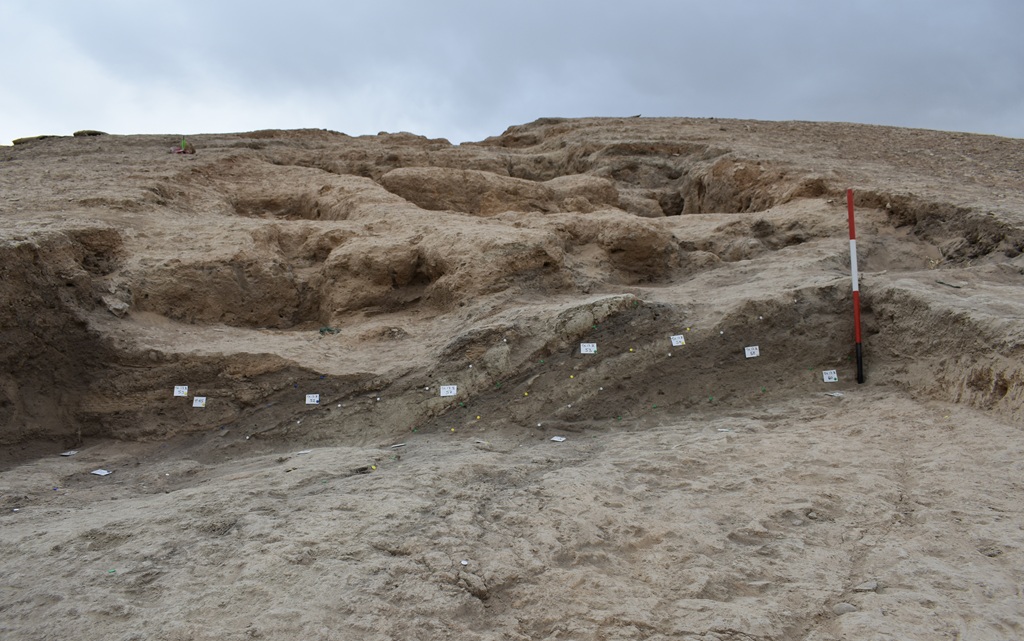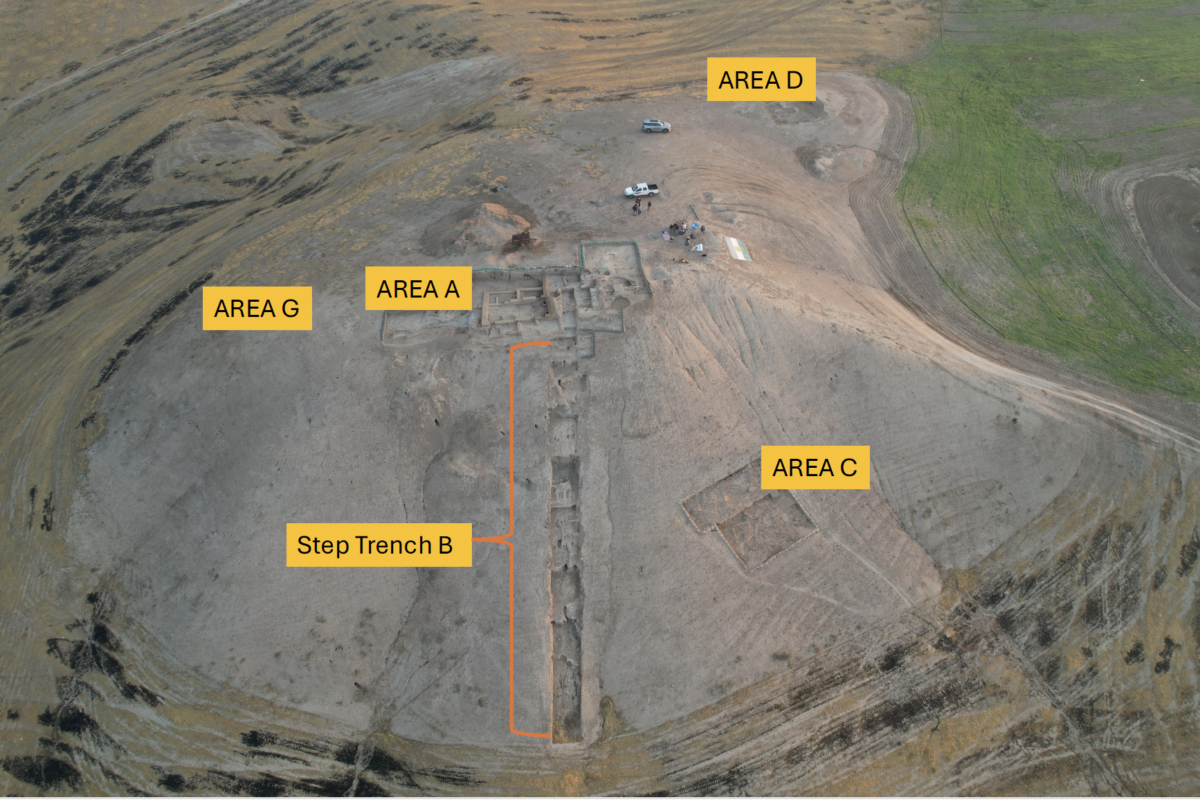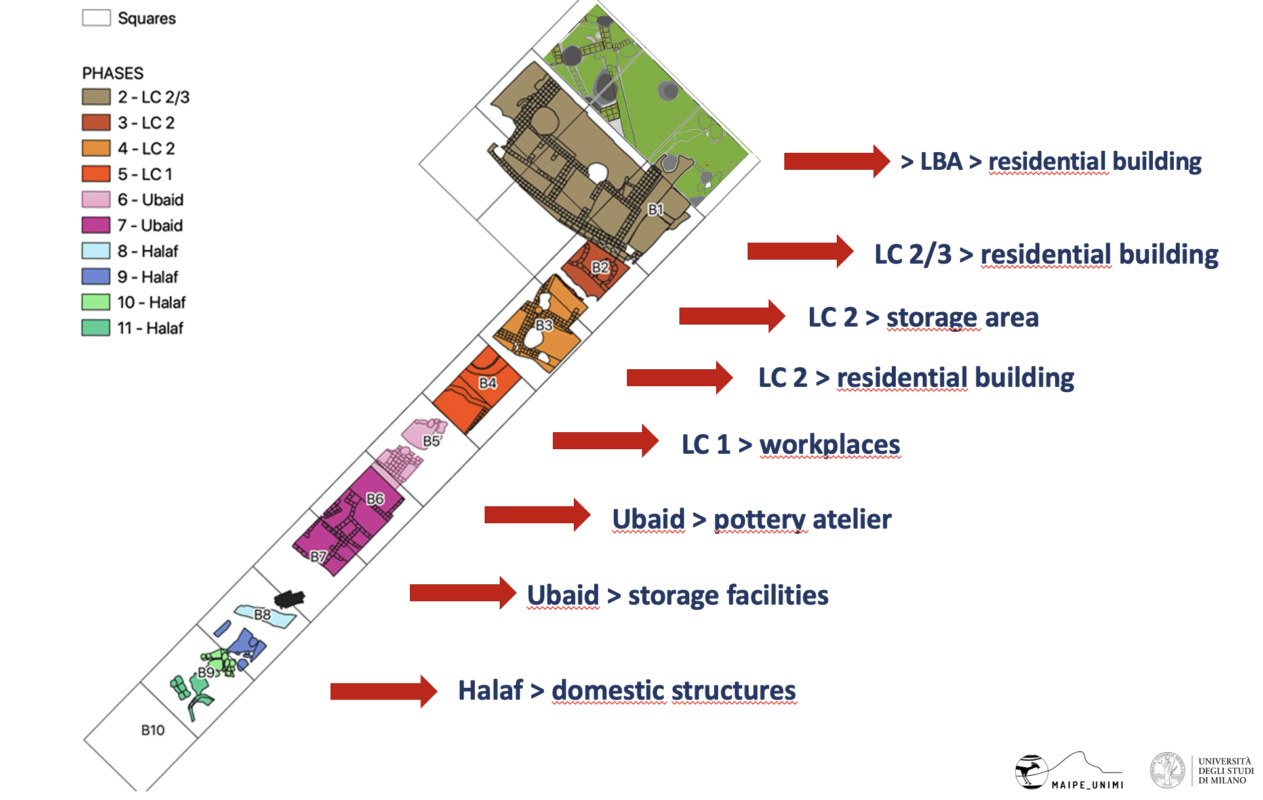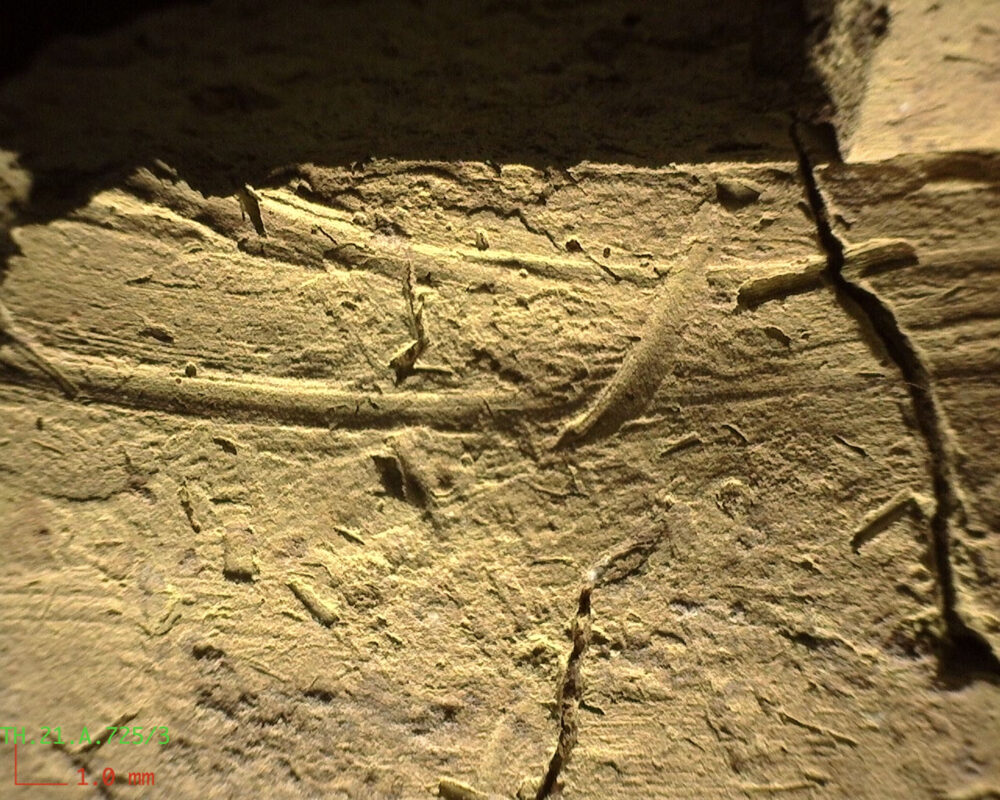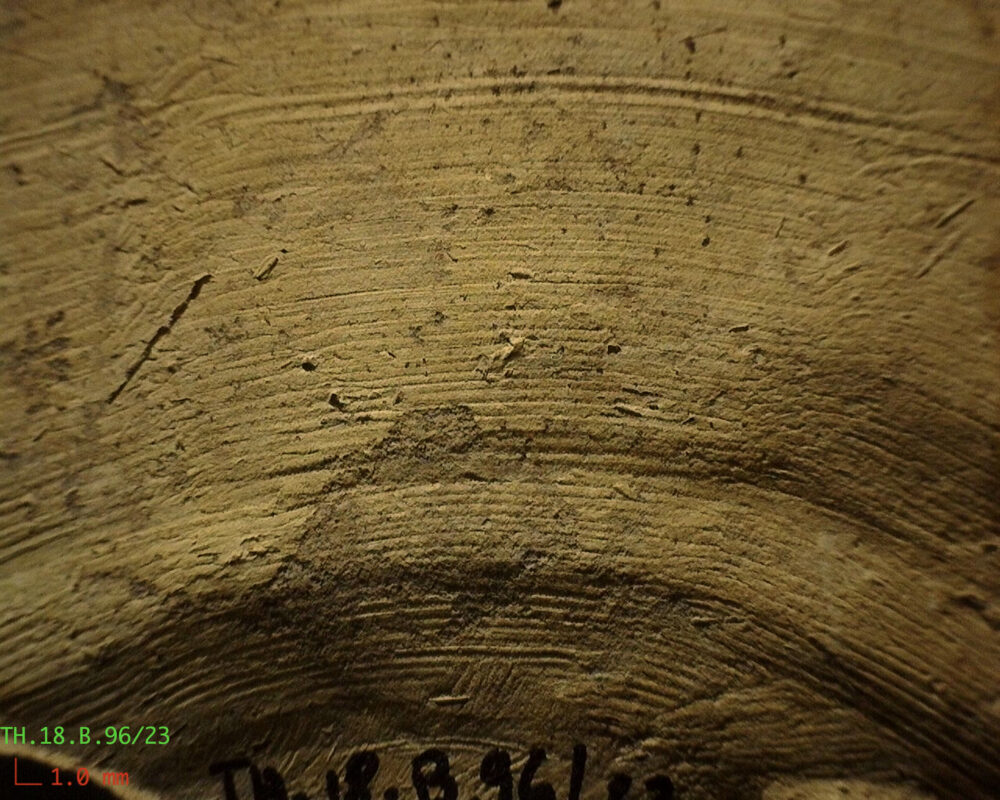Crafting Complexity
Pottery Production and Consumption at Helawa (Erbil Plain)
between the Ubaid and Late Chalcolithic Periods
The project Crafting Complexity is coordinated by Agnese Vacca and received the fundings of the Mesopotamian Fellowship Grant 2023/2024 of the American School for Overseas Research – ASOR.
During the 4th millennium BC, major changes in pottery production and distribution occurred in Mesopotamia in connection with the process of urbanization, resulting in a highly specialized and intensified production performed at an extra-household level, reflected in the emergence of a standardized and mass-produced repertoire. “Crafting Complexity” aims at studying pottery production and consumption at the prehistoric site of Helawa (Erbil Plain) in a diachronic perspective – from the Ubaid to the Late Chalcolithic period (5th-4th millennium BC) – by means of technological and archaeometric analyses to ultimately explore the process of craft specialization and standardization, and their major implications for our understanding of complex societies in the crucial area of Northern Mesopotamia. The site of Helawa, investigated by the MAIPE Expedition of the University of Milan since 2013, represents an ideal case-study, due to its seamless prehistoric occupation, spanning the 7th-4th millennia BC, and the occurrence of craft areas for pottery production dating to the Ubaid and Late Chalcolithic periods.
The project targets encompass the realization of mineralogical and petrographic characterization (thin sections, XRD, XRF, Raman Spectroscopy) on a selected sample of vessels to reconstruct pottery traditions within the Helawa assemblage, understood as the result of different systems of production and consumption, passed down within a group or society. Furthermore, compositional analyses are also envisaged to investigate ceramic production and circulation at an extra-site level, facilitating the comparison with the results already obtained for the pottery assemblage of nearby Chalcolithic sites of the Erbil Plain.
Contexts, Materials and Methods
The 2016-2023 archaeological investigations carried out on the top of the Helawa mound (Area A) and along its southern slopes (Step Trench B) brought to light a seamless Halaf to Late Chalcolithic 3 (LC) sequence featuring an exceptional state of preservation of the structures, with rich in situ inventories encompassing complete and restorable vessels (Figs 1-2). Moreover, two pottery workshops dating to the Ubaid and LC 1 were excavated, allowing the analysis of both direct evidence of ceramic manufacture (furnaces and installations), and indirect variables inferred from the products themselves.
Many vessels have been collected from the Ubaid and Late Chalcolithic contexts excavated thus far and sorted out for chrono-typological studies. Pottery finds have been classified in relation to the detailed stratigraphic and architectural sequence allowing the reconstruction of a relative ceramic periodization, that has been then anchored to a series of radiocarbon dating obtained for the Ubaid and Late Chalcolithic levels. This preliminary typological and functional classification of the pottery assemblage from stratified contexts represents a solid base to carry out targeted analyses on techno-morphological and techno-petrographic features.
The dataset is collected and manipulated in the MAIPE-GIS platform and encompasses qualitative (single sherd description with drawings and photos) and quantitative (metric, petrographic, chemical) data intertwined with contextual and chronological information. This dataset has the potential to carry out multivariate analyses to investigate in a diachronic perspective the relationship between the technical dimension of ceramic production, the degree of specialization, the transmission of knowledge between potters, and the socio-economic organization of prehistoric communities at Helawa, providing a frame of reference from a key-site to be compared with neighboring settlements in the Erbil Plain and more broadly in the Trans-Tigridian region.
A selection of diagnostic fragments dating to the Halaf, Ubaid, and Late Chalcolithic 1-3 periods, has been imported in Italy in agreement with the Directorate of Antiquities to carry out archaeometric analyses. Selected sherds are being analysed according to two main interrelated tasks and methodologies:
Technological Analyses: the different types of vessels classified according to morphological criteria, are studied and described based on recognizable diagnostic features related to specific techniques, methods, and tools, making use of digital high-resolution images obtained with a portable microscope (Dino-lite®) and experimental reference material (Fig. 4). Different manufacturing techniques (e.g., slab modelling, molding, coiling, and throwing) are identified, considering that each method produces characteristic surface features or macro-traces that can be interpreted as distinct manufacturing modes or potter’s gestures. Information about the formation and shaping process, including the use of rotative kinetic energy (RKE), is described through the observation of macro traces recognizable on the surface of the vessels and in cross-section. These descriptions are then compared with information on the distribution and alignment of voids gathered through the analysis of thin sections.
Mineralogical-petrographic investigations: a selection of sherds has already been sampled and submitted to petrographic analyses at the Department of Earth Science of the University of Milan (G.D. Gatta, G. Morabito, D. Comboni). Pottery samples are analysed using X-ray diffraction (XRD) and thin section are observed under transmitted light microscopy to define petrographic groups homogeneous in the microstructure and groundmass, and to obtain a detailed characterisation of inclusions, matrix, porosity, and slip. Moreover, the mineral composition is determined by X-ray fluorescence (XRF) of the selected ceramics at the Department of Geosciences, University of Padova (L. Maritan).
The ware groups, previously defined through macroscopic observations of sherds, are thus being reassessed according to petrographic groups. Furthermore, the chemical composition of pottery compared with geomorphological samples collected in the area around the site and already processed by the Department of Earth Science of the University of Milan (A. Zerboni, L. Forti).
Moreover, thanks to an international collaboration between the MAIPE Expedition of the University of Milan and the Oregon State University, multielement bulk compositional analyses (INAA) are being carried out at the Oregon State University Archaeometric Laboratory (L. Minc). Instrumental Neutron Activation Analysis is aimed to explore compositional variation in ceramics in the Erbil Plain, comparing the results of the Helawa assemblage with that obtained for the site of Surezha, located 8 km apart from Helawa, and excavated by the Oriental Institute of the University of Chicago.
Ubaid (TH.18.B.96/23) and 6b) LC3 (TH.21.A.725/3) sherds from Helawa. Photo taken with Dino-Light digital microscope (©MAIPE).


